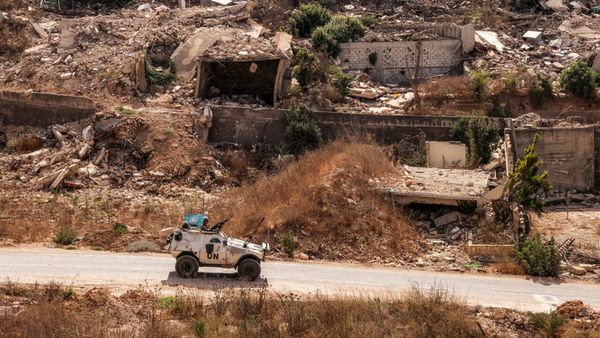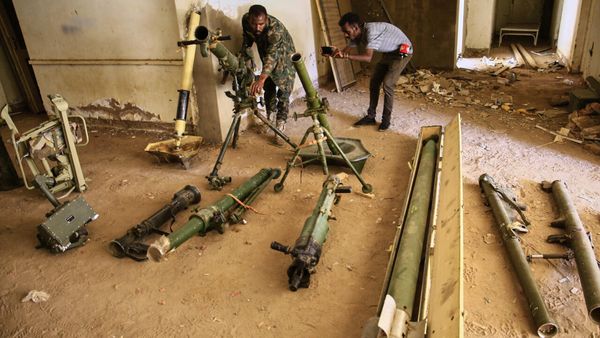
As a Hezbollah-Israel ceasefire looms, the focus has shifted to implementing UN Security Council Resolution 1701 as a potential solution to end the conflict. The resolution, adopted in 2006 to conclude a 34-day war between Israel and Lebanon, has reemerged as a framework for establishing a lasting truce.
Resolution 1701 mandates the withdrawal of Israeli forces from southern Lebanon, with only the Lebanese military and UN peacekeeping forces permitted in the region south of the Litani river. The United States, mediating the current conflict, advocates for a strict enforcement mechanism of the resolution to ensure compliance.
Historically, Israel's incursions into Lebanon, including a prolonged occupation of southern Lebanon until 2000, have fueled tensions with Hezbollah, a group formed to resist Israeli presence. The 2006 war, triggered by Hezbollah's actions, resulted in significant casualties on both sides.
Resolution 1701 also addresses the disputed Shebaa Farms area, claimed by Lebanon but held by Israel, which considers it part of the Golan Heights. The resolution calls for a full cessation of hostilities and the deployment of UNIFIL to oversee compliance.



Recent cross-border skirmishes between Israel and Lebanon escalated in September, prompting Israel to expand its military operations. The US has proposed a 60-day ceasefire plan aligned with Resolution 1701, emphasizing stricter enforcement in southern Lebanon and the Lebanese army's role in maintaining peace.
While some Israeli officials demand operational freedom to strike Hezbollah targets post-ceasefire, Lebanese leaders reject such terms. The proposal aims to restore stability along the Israel-Lebanon border and address smuggling concerns.
As negotiations continue, the international community underscores the importance of upholding Resolution 1701 to achieve a sustainable peace agreement. Both parties must navigate complex historical grievances and security concerns to pave the way for a lasting ceasefire.







